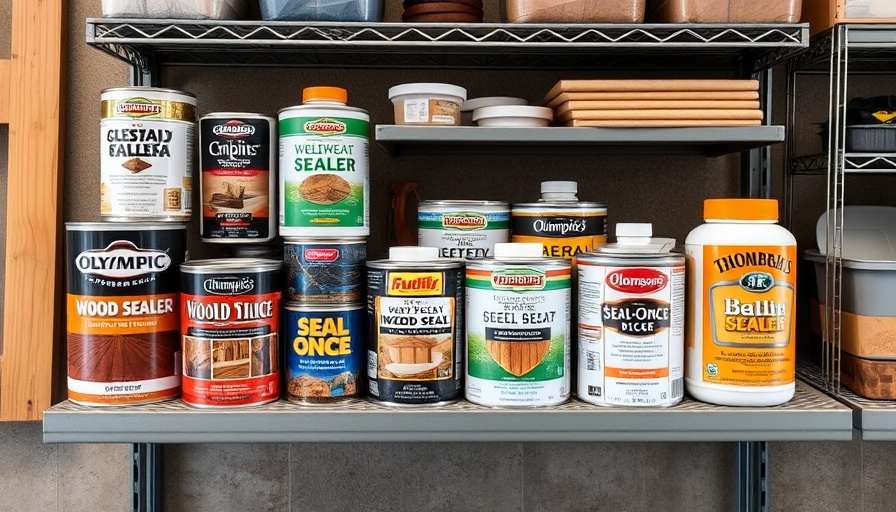
Undermount vs. Drop-in Sinks: Making the Right Choice for Your Kitchen
When it comes to remodeling your kitchen, choosing the right sink is a key decision that impacts both functionality and aesthetics. The two main options that homeowners often weigh are undermount sinks and drop-in sinks. Understanding the differences between the two can help you make an informed choice that aligns with your style and needs.
Understanding Undermount Sinks
Undermount sinks are installed beneath the countertop, creating a seamless appearance. This design allows for easy cleaning as dirt and debris can be easily wiped into the sink from the counter. Moreover, undermount sinks often pair well with stone or solid surface countertops, enhancing the overall luxury feel of your kitchen. However, they can be more expensive to install due to additional support needed for the counter edge.
The Advantages of Drop-in Sinks
Drop-in sinks, also known as self-rimming sinks, are designed to sit on top of the countertop. Installation is straightforward, typically requiring less labor, which can reduce costs significantly. Moreover, if you have a more traditional or farmhouse-style kitchen, a drop-in sink could complement the aesthetic beautifully. However, one potential drawback is that the rim can collect grime, making it slightly harder to clean.
Cost Implications of Sink Choices
When budgeting for your remodel, it's essential to consider not just the price of the sink but also its installation costs. Undermount sinks typically require professional installation, which can drive up costs—often ranging from $150 to $400 depending on the sink material. On the other hand, a drop-in sink may cost between $50 to $250 for the sink itself, with simpler installation that can sometimes afford DIY opportunities, providing more budget flexibility.
Aesthetic Considerations: Matching Your Kitchen’s Style
Consider how each sink style aligns with your kitchen's design. Undermount sinks generally offer a more modern and sleek look, while drop-in sinks can enhance traditional aesthetics. Think about the materials in your kitchen—unlike drop-in sinks, which can be paired with almost any surface, undermount sinks are optimal when paired with solid-surface or stone countertops.
Future Resale Value and Trends
As you weigh your options, consider how your choice might affect your home’s resale value. While personal preference is essential, prospective buyers often lean towards high-end finishes, which can make an undermount sink an attractive feature. Additionally, modern kitchen trends often favor clean lines and a minimalistic approach that undermount sinks can provide.
In conclusion, choosing between an undermount and a drop-in sink depends on a host of factors including style, budget, and desired maintenance levels. Take the time to evaluate what fits best with your kitchen vision, and if you’re still uncertain, it might be beneficial to consult with a local kitchen remodel specialist.
Transform your kitchen today by choosing the sink that best suits your needs and aesthetic. Whether you prefer the simple elegance of an undermount sink or the practicality of a drop-in model, making the right choice will enhance both the functionality and beauty of your space.
 Add Row
Add Row  Add
Add 




 Add Row
Add Row  Add
Add 

Write A Comment